Last updated on Oct 15, 2025
How to Write a Horror Story: 7 Tips for Writing Horror
Savannah Cordova
Savannah is a senior editor with Reedsy and a published writer whose work has appeared on Slate, Kirkus, and BookTrib. Her short fiction has appeared in the Owl Canyon Press anthology, "No Bars and a Dead Battery".
View profile →In our era of highly commercialized crime and thriller novels, it may seem like zeitgeist-defining horror books are a thing of the past. Indeed, Stephen King was once the perennial bestselling author in the world, and children in the 90s devoured Goosebumps books like The Blob devoured, well, everything.
But let’s not forget there’s a huge base of horror fans today, desperate for their next fix. So if you’re hoping to become the next Crown Prince of Dread, your dream can still come true! Here are seven steps to writing truly chilling horror:
1. Start with a fear factor
The most important part of any horror story is naturally going to be its fear factor. People don’t read horror for easy entertainment; they read it to be titillated and terrorized. That said, here are a few elements you can use to seriously scare the pants off your reader.
Instinctive fears
Fears that have some sort of logical or biological foundation are often the most potent in horror. Darkness, heights, snakes, and spiders — all these are extremely common phobias rooted in instinct. As a result, they tend to be very effective at frightening readers.
This is especially true when terror befalls innocent characters apropos of nothing: a killer traps them in their house for no apparent reason, or they’re suddenly mugged by a stranger with a revolver. As horror writer Karen Woodward says, “The beating undead heart of horror is the knowledge that bad things happen to good people.”
Monsters and supernatural entities
These stretch beyond the realm of logic and into the realm of the “uncanny,” as Freud called it. We all know that vampires, werewolves, and ghosts aren’t real, but that doesn’t mean they can’t shake us to our core. In fact, it’s the very uncertainty they arouse that makes them so sinister: what if monsters are really out there, we’ve just never seen them? This fear is one of the most prevalent in horror, but if you decide to write in this vein, your story has to be pretty convincing.
Societal tensions
Another great means of scaring people is to tap into societal tensions and concerns — a tactic especially prevalent in horror movies. Just in recent memory, Get Out tackles the idea of underlying racism in modern America, The Babadook examines mental health, and It Follows is about the stigma of casual sex. However, societal tensions can also easily be embodied in the pages of a horror story, as in Shirley Jackson’s The Lottery.
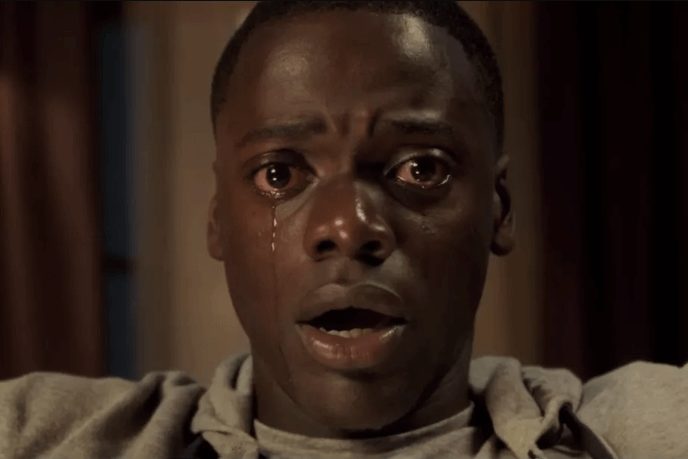
2. Pick a horror story subgenre
The right atmosphere for your story depends on what kind of horror you want to write. To use cinematic examples again, are you going for more Texas Chainsaw Massacre or Silence of the Lambs? The tone and atmosphere of your story will hang upon its subgenre.
- Thriller-horror employs psychological fear, often occurring near the beginning of horror stories before very much has happened
- Gross-out horror involves vivid descriptions of spurting blood, hacked-up flesh, and gouged-out organs in order to shock the reader; think gore movies of the 70s
- Classic horror harks back to the Gothic (or Southern Gothic) genre, with spooky settings and bone-chilling characters like those of Dracula and Frankenstein
- Terror provokes a feeling of all-pervasive dread, which can either serve as the climax of your story or be sustained throughout
It’s also possible to combine subgenres, especially as your story progress. You might begin with a sense of thrilling psychological horror, then move into gothic undertones, which culminates in utter terror.
But no matter what type of horror you’re working with, it should be deeply potent for your reader — and yourself! “If you manage to creep yourself out with your own writing, it's usually a pretty good sign that you're onto something,” editor Harrison Demchick says.
😱 Hire a scary-good horror editor
Sean L.
Available to hire
Proofreader/editor for 11+ years, reader for 40+, and as a lifelong fan, horror is my go-to genre.
Dan H.
Available to hire
Professional editor of SFF/Horror. Have worked with bestselling authors Shauna Lawless, Gemma Amor, Stacey McEwan. (No AI please.)
Sara K.
Available to hire
Flexible, fierce, efficient editor with decades of experience in editing everything from horror to science fiction to literary fiction.
3. Let readers experience the stakes
In order for readers to truly thrill at your horror story, you need to make them aware of the stakes. Clearly establish the main problem or motivation for your character(s), and what they have to lose if they don’t figure it out. These stakes and motivations might involve:
Survival. The most basic objective of characters in any horror story is to survive. However, there are nuances that accompany that goal. Perhaps their objective isn't just to stay alive, but to defeat their murderous nemesis while doing it — whether that’s another person, an evil spirit, or even themselves, if it’s a Jekyll and Hyde-type scenario.
Protecting loved ones. The more people the protagonist has to keep safe, the higher the stakes. Many horrific tales peak with a threat of death not to the main character, but to one or several of their loved ones (as in Phantom of the Opera or Red Dragon).
Cracking unsolved mysteries. Because some horror stories aren’t about escaping peril in the present, but rather about uncovering the terrors of the past. This especially true in subgenres like cosmic horror, which have to do with the great mysteries of the universe, often involving ancient history.
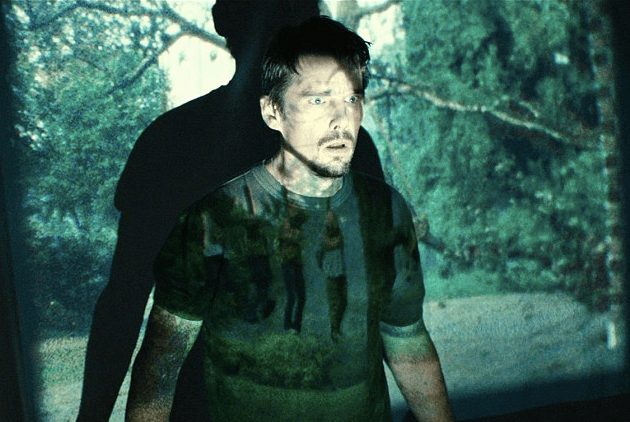
Again, as with atmosphere, you can always merge different kinds of stakes. For instance, you might have a character trying to solve some mysterious murders that happened years ago, only to find out that they’re the next target!
The main thing to remember when it comes to horror — especially horror stories — is that straightforward stakes tend to have the greatest impact. Says author Chuck Wendig, of his perfect recipe for horror: “Plain stakes, stabbed hard through the breastbone.”
Bonus tip! Need help conjuring stakes and suspense? Try reading some masterfully crafted true crime — which can be even scarier than bone fide horror, since it actually happened.
4. Create suspense through point of view
Your reader should feel a kinship with your main character, such that when the stakes are high, they feel their own heart start to beat faster. This can be achieved through either first person or third person limited point of view. (When writing horror, you’ll want to avoid third person omniscient, which can distance your reader and lessen their investment in the story.)
We'll get into only the major POV's to consider in this post, but if you want a full point of view masterclass, check out our free course below.
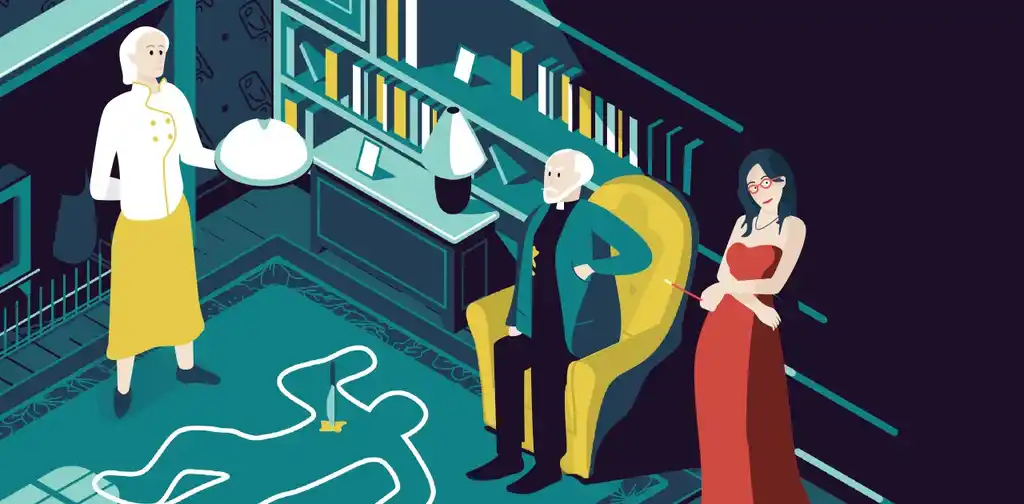
FREE COURSE
Understanding Point of View
Learn to master different POVs and choose the best for your story.
First person POV
Speaking of beating hearts, for a great example of first person narration in horror, look no further than The Tell-Tale Heart. Many of Poe’s stories involve deranged first-person narrators (The Black Cat, The Cask of Amontillado) but none are more notorious than this one, in which the main character is driven to murder his elderly housemate. Notice Poe’s chilling use of first person POV from the very first lines of the story:
It’s true! Yes, I have been ill, very ill. But why do you say that I have lost control of my mind, why do you say that I am mad? Can you not see that I have full control of my mind? Indeed, the illness only made my mind, my feelings, my senses stronger… I could hear sounds I had never heard before. I heard sounds from heaven; and I heard sounds from hell!
First person POV is excellent for hooking your reader at the beginning, and keeping them in suspense throughout your story. However, it might be too intense for longer, more intricate pieces, and may be difficult to execute if you’re trying to conceal something from your readers.
It’s also worth thinking about the implications of first person, past tense POV in a horror story — it suggests they’ve lived to tell the tale, which might ruin your dramatic ending. Therefore if you do decide to use first person narration, you should probably keep it in present tense.
Third person POV
If you find yourself struggling to make first person POV work, consider a third person limited perspective instead. This kind of narration is often used in longer-form horror, popularized by the likes of Stephen King and Dean Koontz. Look how it’s used here in King’s 1974 novel Carrie, in the description of its eponymous character:
Carrie stood among [the other girls] stolidly, a frog among swans. She was a chunky girl with pimples on her neck and back and buttocks, her wet hair completely without color… She looked the part of the sacrificial goat, the constant butt, believer in left-handed monkey wrenches, perpetual foul-up, and she was.
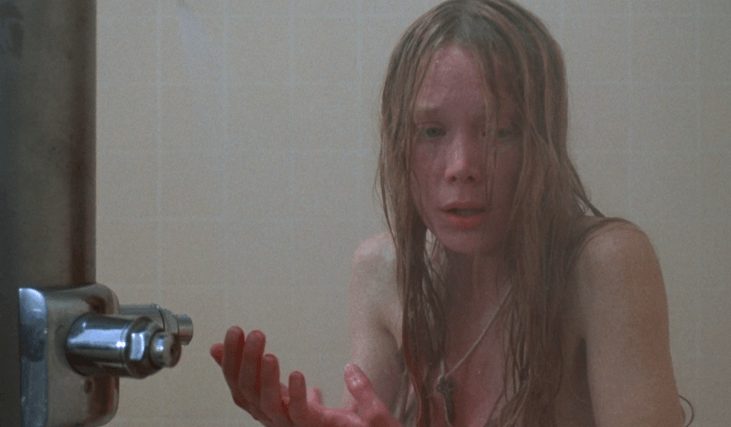
This narration paints an intimate picture of the character, while still allowing the freedom for commentary in a way that first person narration doesn’t as much. Third person limited narration also works well for building to a certain atmosphere, rather than jumping right into it, as Poe’s narrator does — which is part of why third person is better for lengthier pieces. (See more of King's masterful use of POV to wrack up tension in our Guide to King!)
Unreliable narrators
Alternately, if you’re committed to having a first person narrator but you don’t want to reveal everything to your readers, an unreliable narrator could be your perfect solution! Many mystery and thriller novels employ unreliable narration in order to work up to a big twist without giving away too much. So whether or not you’ll want an unreliable narrator probably depends on how you end your story: straight down the line or with a twist.
5. Consider plot twists to surprise your audience
Plot twists are exciting, memorable, and help bring previous uncertainty into focus, releasing tension by revealing the truth. However, they’re also notoriously difficult to come up with, and extremely tricky to pull off — you have to carefully hint at a twist, while making sure it’s not too predictable or clichéd.
So: to twist or not to twist? That is the question.
To twist
Big plot twists in horror writing tend to follow the beaten path: the victim turns out to be the killer, the person who we thought was dead isn’t really, or — worst of all — it was all in their head the whole time! But keep in mind that small, subtle plot twists can be just as (if not more) effective.
Take William Faulkner’s short story A Rose for Emily. After Emily dies, the villagers discover the corpse of a long-vanished traveler in one of her spare beds — along with a strand of silver hair. While the discovery of the body might be gruesome, it’s the presence of Emily’s hair (suggesting she enjoyed cuddling with a cadaver) that really haunts you.
Not to twist
The ending of your story doesn't have to come out of left field to shock and horrify readers. The classic horror approach leaves the reader in suspense as to precisely what will happen, then concludes with a violent showdown (think slasher films).
In this approach, while the showdown itself might not be a surprise, the scenes leading up to it build tension and anticipation for the climax. That way, when the big moment does arrive, it still packs a dramatic punch.
6. Put your characters in compelling danger
“A horror novel, like any story, is about a character or characters trying to achieve a goal based upon their individual wants and needs,” says Demchick. “If you let concept overwhelm character, you'll lose much of what makes horror as engaging as it can be.”
To scare your characters, you need to have a solid understanding of their psyche. Filling out a character profile template is a great start to fleshing out believable characters, so give ours a try.
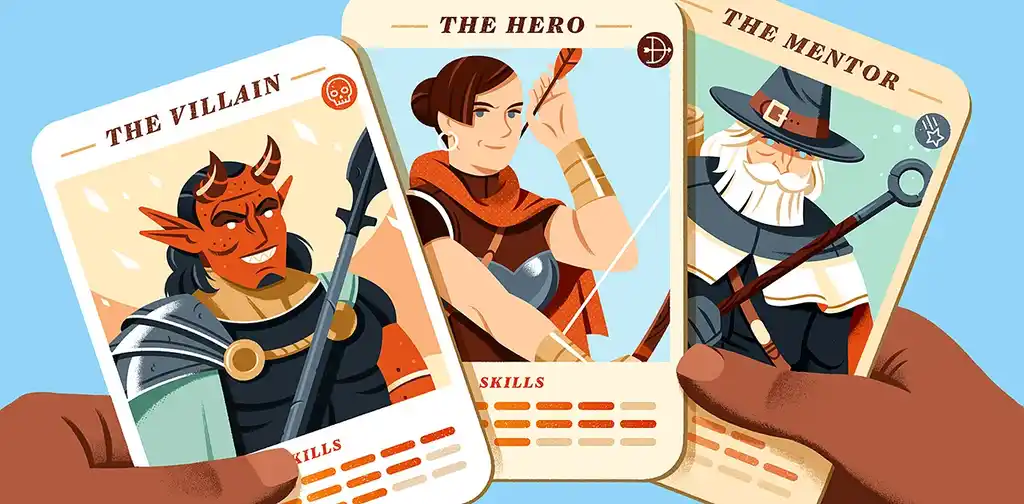
FREE RESOURCE
Reedsy’s Character Profile Template
A story is only as strong as its characters. Fill this out to develop yours.
As you write, you need to stay conscious of basic storytelling techniques and not get carried away with the drama of horror. It might help, before you begin, to answer these questions about your characters and plot:
- What fear or struggle must your protagonist overcome?
- What decision do they make to put them in this situation?
- How will they defeat or escape their adversary, if at all?
- What are the ultimate consequences of their actions?
This will help you create a basic outline for your horror story, which you can embellish to create atmosphere and suspense. In plot-driven genre stories, a thorough outline and emotionally resonant elements are vital for keeping your reader invested.
A great horror story balances drama with realism and suspense with relief, even with the occasional stroke of humor. Gillian Flynn is the master of this technique — as seen in this excerpt from her horror story The Grownup, wherein the narrator is scheming how to capitalize on her “spiritual cleansing” services:
I could go into business for myself, and when people asked me, “What do you do?” I’d say, I’m an entrepreneur in that haughty way entrepreneurs had. Maybe Susan and I would become friends. Maybe she’d invite me to a book club. I’d sit by a fire and nibble on Brie and say, I’m a small business owner, an entrepreneur, if you will.
7. Use your imagination
In order to stand out from the crowd, you need to think about overused trends in horror and make sure your story’s not “been there, done that.” For instance, the “vampire romance” plot is a dead horse with no one left to beat it after all the Twilight, Vampire Diaries, and True Blood hype.
However, that doesn’t mean you can’t use certain elements of popular trends in your writing. You just have to put a spin on it and make it your own!
For example, zombie horror was already a well-worn genre when Seth Grahame-Smith’s Pride and Prejudice and Zombies came out in 2009. But by setting it in the regency era and featuring Jane Austen’s well-loved characters, he created a brilliant original work and carved out a brand new audience for zombie fiction. You can also pay homage to well-known horror tropes, like the Duffer brothers of Stranger Things did for Stephen King and Steven Spielberg — and which savvy audiences are sure to appreciate.
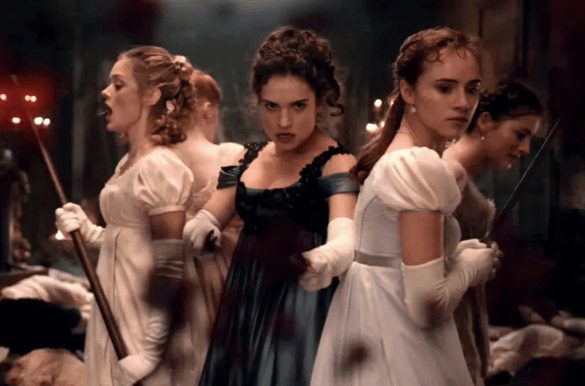
It certainly feels sometimes like all the good horror stories have already been written, making your own ideas seem trite. But don’t forget that new horror comes out all the time, and it only takes one great idea to be a hit! So try not to stress out about it, and remember: just by having read through this guide, you’re already that much closer to becoming a literary graveyard smash.







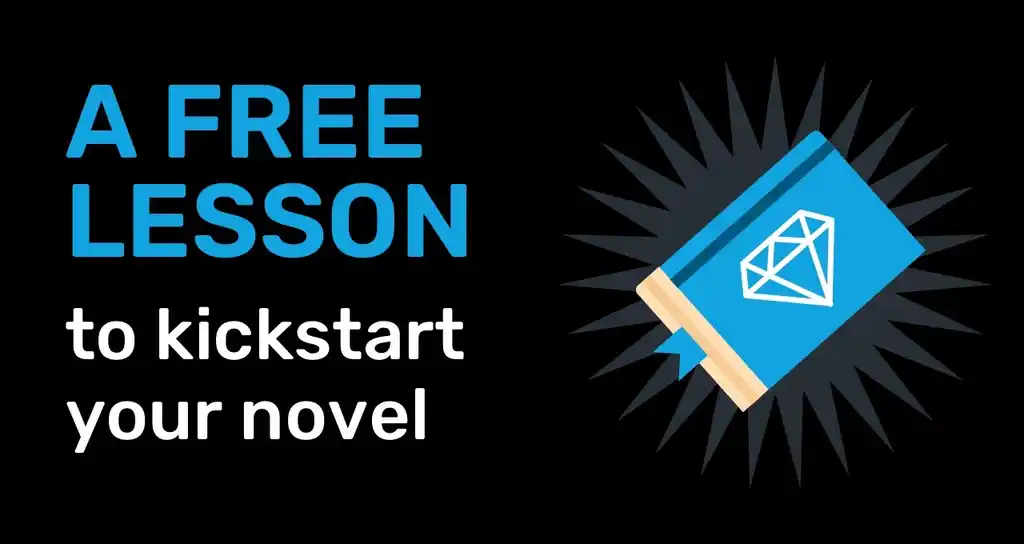

11 responses
Sawan says:
04/11/2018 – 19:34
Thank you so much for writing this article. I am currently writing a short horror story. Sometimes when I write a horror scene, I get really terrified, but after some days it all feels shitty.
↪️ dilinger john replied:
08/05/2019 – 12:28
it happens with everyone don't stress over it and pass your work to someone who will review it. you are a writer and can not be a critic at the same time.
↪️ Shane C replied:
28/09/2019 – 21:15
Sawan -- been writing for 22 years... NEVER judge your own work. You write it -- finish it off -- then have some friends that enjoy horror and reading read your work and give you honest critique. Record their critique or take accurate notes. Repeat this with several friends (but only those you can trust not to try to steal your work, Creative Commons and/or Registered Mail can be your best friend BEFORE this stage). Pick the best one you like, that makes the most sense -- but if several people say "blah blah blah should have happened," or a really close variation throughout reader opinions... Go with it! I know most people hate that, feels like butchering your art (I know I hate it), but use it anyway. It'll likely be more widely received... Just a few pointers.
Annabelle says:
21/05/2019 – 01:51
This is awesome I love this! I’m writing my own horror novel too.🙂
↪️ Andrew replied:
31/10/2019 – 20:23
what is it?
NAVEEN says:
29/07/2019 – 15:22
i am at the age of sixteen and i decided to write a horror story. thanks a lot!!
Bobette Bryan says:
27/08/2019 – 19:09
Ghosts are real. I've seen many in my lifetime and have had some very terrifying experiences with some.
↪️ smr replied:
03/01/2020 – 13:25
what the hell ??
↪️ John Brown replied:
16/01/2020 – 02:28
Me too! And I think it actually helps with writing horror stories, because you have more experience than most.
John Brown says:
16/01/2020 – 02:27
I’m 14 and I love writing horror novels, but I usually freak my self out too much to keep writing... 😕